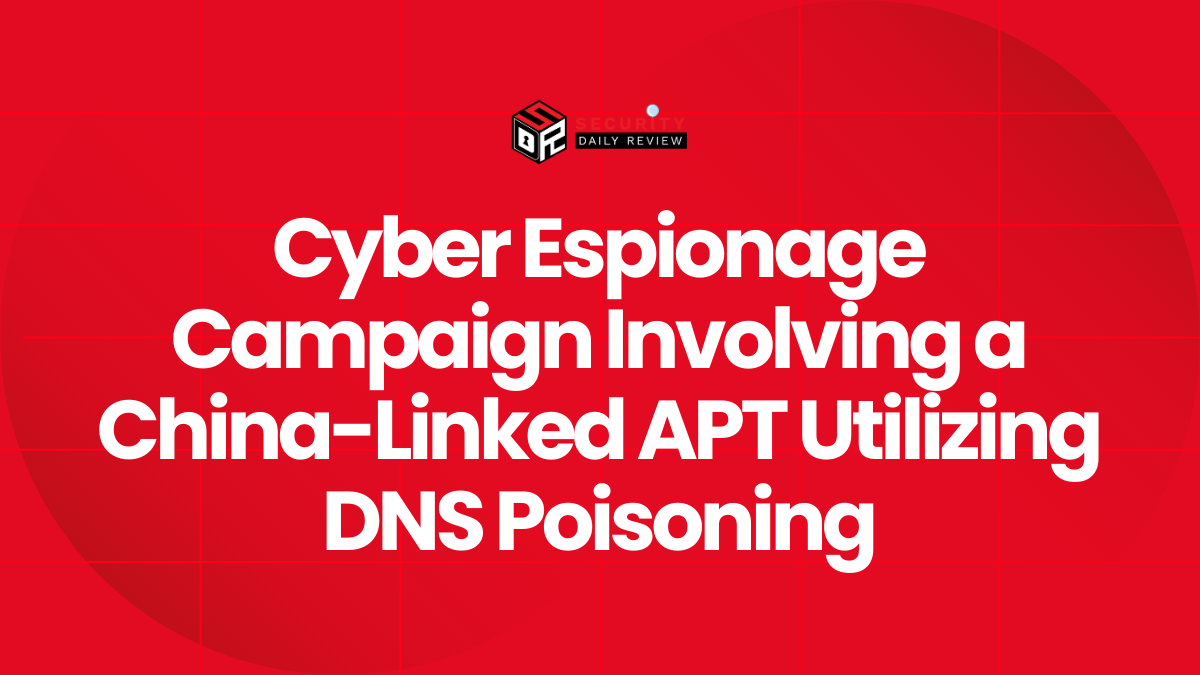A significant Water Facility Cyberattack targeting the water treatment facility in Arkansas City, Kansas, has prompted a joint investigation by the FBI and the U.S. Department of Homeland Security.
The attack forced the facility to switch to manual operations, raising concerns about the potential for widespread disruption and the vulnerability of similar facilities to similar attacks.
Manual Operations Implemented After Water Facility Cyberattack
The cyberattack, which occurred on Sunday morning, forced the Arkansas City water treatment facility to transition to manual operations as a precautionary measure. City Manager Randy Frazer reassured the public that, despite the Water Facility Cyberattack,
“There has been no disruption to service. Out of caution, the Water Treatment Facility has switched to manual operations while the situation is being resolved.”
While service was not interrupted, the incident sparked immediate concern given the potential for malicious actors to compromise water supplies. The investigation into this Water Facility Cyberattack is ongoing, with authorities working to determine the extent of the breach and identify the perpetrators.
A Pattern of Water Facility Cyberattacks and Critical Infrastructure Vulnerabilities
The Arkansas Water Facility Cyberattack comes on the heels of several similar incidents, increasing anxieties about the security of water infrastructure. The most notable was an Iranian attack last November targeting Israeli-made pressure-monitoring controllers used by American water systems. This Cyberattack, therefore, is not an isolated event but part of a broader pattern of attacks on critical infrastructure.
The incident in Oldsmar, Florida, in 2021, where authorities believed an attacker attempted to introduce dangerous levels of lye into the water supply, further emphasizes the potential severity of such attacks. Although an Oldsmar official later suggested employee error might have been the cause, the incident still served as a wake-up call regarding the vulnerability of water systems to cyberattacks.
Security Experts Highlight Vulnerabilities in Water Treatment Facilities
Security experts like Jason Soroko, senior fellow at Sectigo, point to common vulnerabilities in water treatment facilities that could facilitate such attacks.
Soroko stated that “Inadequate network segmentation between administrative and operational networks allows attacks to spread easily,” and highlighted the vulnerability of Human Machine Interface (HMI) systems that control vital functions like water flow and chemical output. He stressed the need for robust endpoint protection, including endpoint detection and response (EDR) systems, to mitigate such risks.
Arkansas City Responds to Water Facility Cyberattack with Enhanced Security Measures
In response to the Arkansas Water Facility Cyberattack, Arkansas City officials have implemented enhanced monitoring and strengthened security controls to prevent future unauthorized access. This proactive approach is crucial in preventing similar incidents and ensuring the continued safe operation of the water treatment facility.
The incident serves as a potent reminder of the need for robust cybersecurity measures in all critical infrastructure sectors. The specialized security skill set required to protect against cyber threats is often lacking in these facilities, leading to significant security gaps. The Arkansas Water Facility Cyberattack highlights this critical skills gap and the urgent need for improved training and investment in cybersecurity expertise within the water treatment industry.
The investigation into this Water Facility Cyberattack is ongoing, and further details are expected to emerge as the investigation progresses. The incident serves as a stark warning to other water facilities and critical infrastructure providers to prioritize cybersecurity and invest in robust security measures to protect against similar attacks.









